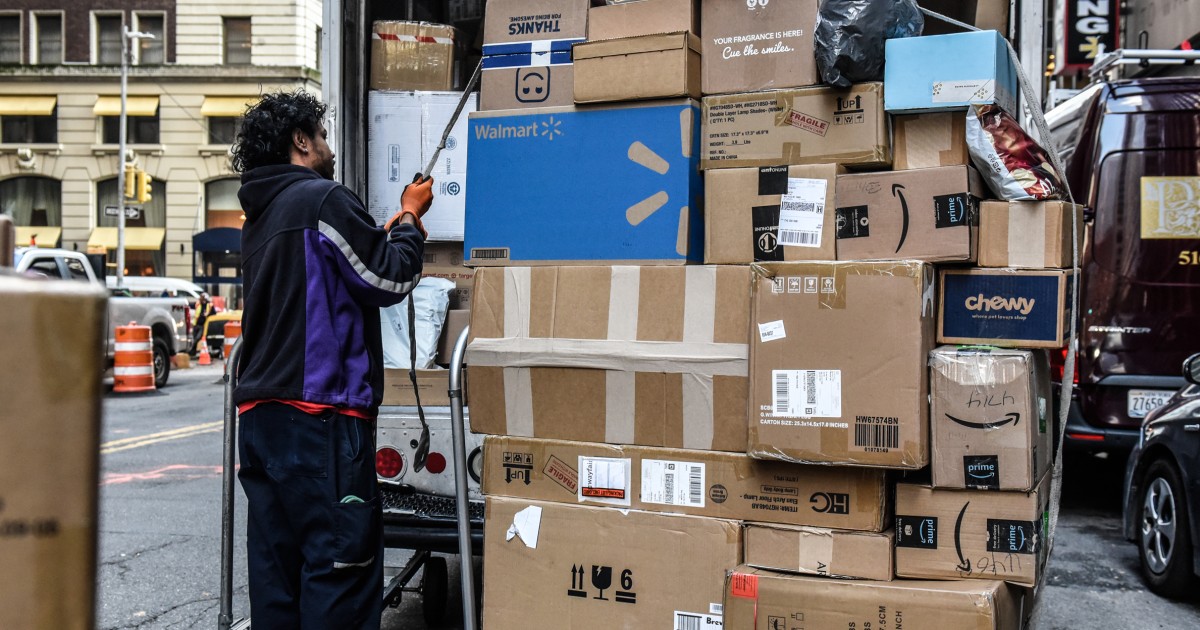Summary
Retail returns in 2024 are projected to reach $890 billion, up from $743 billion in 2023, driven by practices like “bracketing” (ordering multiple sizes/colors) and “wardrobing” (buying for one-time use).
Rising return rates burden retailers, costing up to 30% of an item’s price to process, while contributing to landfill waste and carbon emissions.
To address the issue, 81% of retailers tightened return policies in 2023, with some implementing fees or offering “keep it” refunds.
Sustainable resale programs and customer-friendly policies are emerging as strategies to balance costs and consumer expectations.


how does someone keeping something broken or they don’t want to use good for the environment. thats like guaranteed landfill. they should take it back and dispose of it properly.
For broken things it would be best to have them thrown away locally than shipped back again, then bundled and shipped as a mystery pallet.
I mean it should really move up the chain and their should be a requirement for maximum recycling. A total cost type thing that might result in longer lasting products.